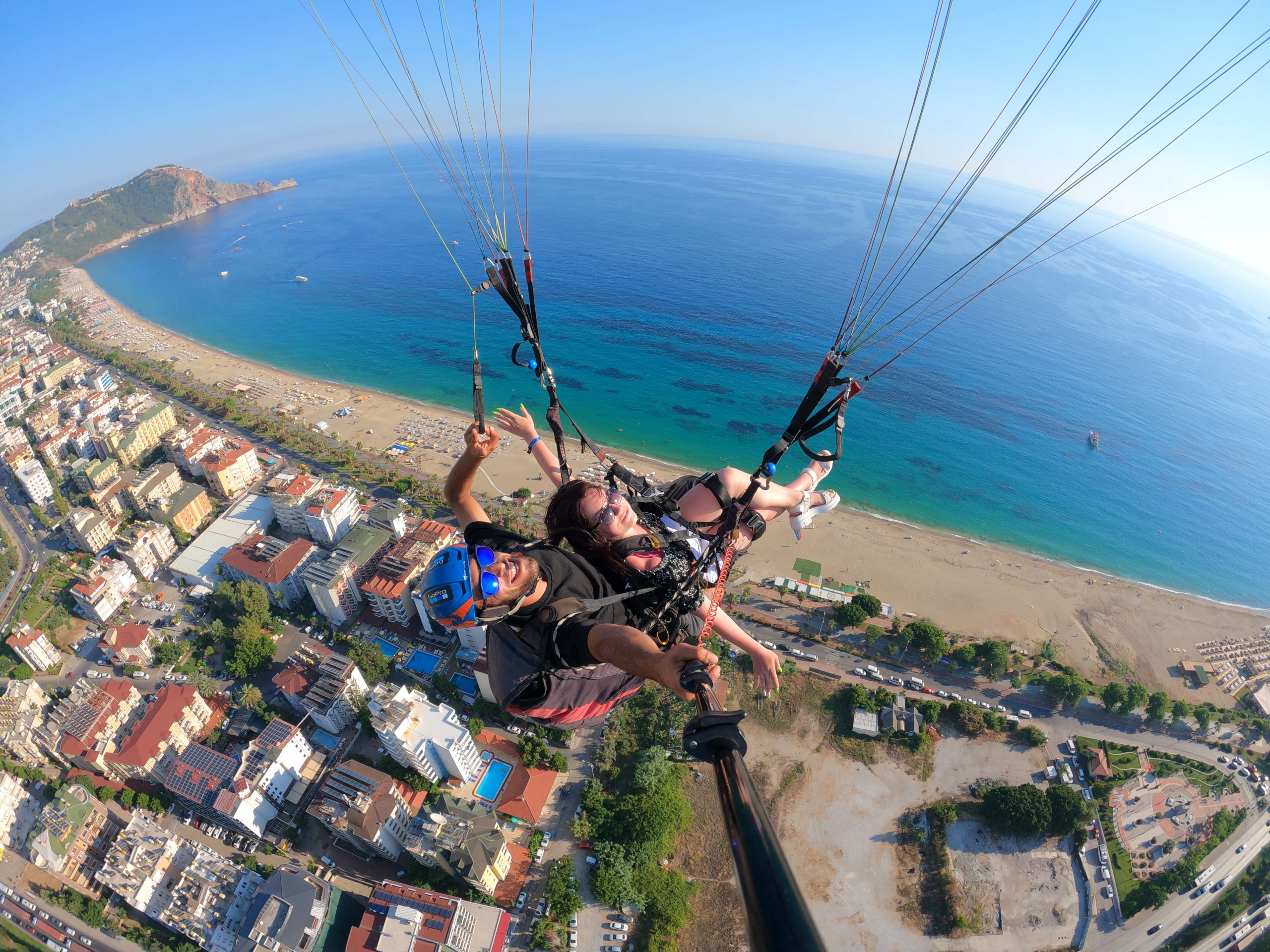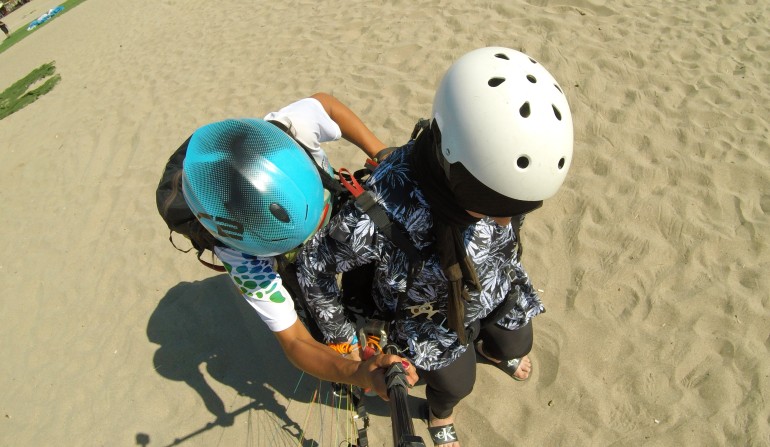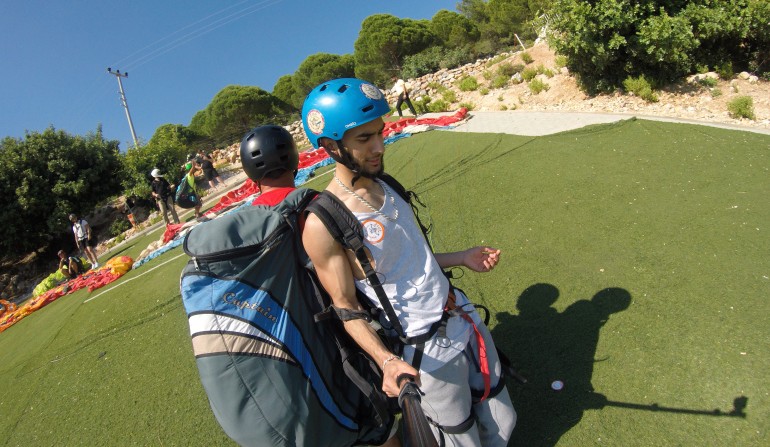Skydiving is jumping from a flying vehicle at an average altitude of 3500 – 4000 meters with the necessary equipment, training and experts. In other words, skydiving means dropping yourself into the air from air vehicles. After experiencing the power of gravity for a while in the air, you open your parachute and reduce the speed of your fall. The skydiving part of the sport is when you free jump without a parachute.
It brings to light one of our greatest phobias: leaping into the nothingness. You don’t experience much fear of heights at an altitude of 3500–4000 meters since the distance is considerably greater than what the human eye can see. Additionally, even if you are wearing safety goggles, the wind striking your face is making it difficult for you to see when in free fall. The adrenaline is quite clear. After the parachute opens, the excitement wears off and you can just enjoy flying in the air.
There are two types of training offered for skydiving, the first being Static Line and the other being AFF, or Accelerated Free Fall.
Things to Know About Skydiving
You have decided to try skydiving, but you want to experience the thrill without having to start a course. For this, you are thinking of trying a tandem jump. You need training for that too, because skydiving is a very serious sport. Once you are certain of your skydiving experience, you should get in touch with the appropriate organizations. You receive a briefing at this stage, which typically lasts 15 minutes, and then you’re good to go for your first tandem jump.
In order to prevent any issues when skydiving, you need to obtain a variety of health reports. Without a report from a legitimate medical facility that has been approved by a medical board, you are not permitted to jump. People who suffer from illnesses like heart failure, epilepsy, or respiratory failure, conditions that might lead to deadly airborne situations are not allowed to skydive in this report.





